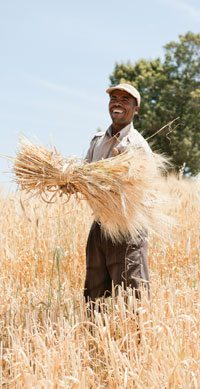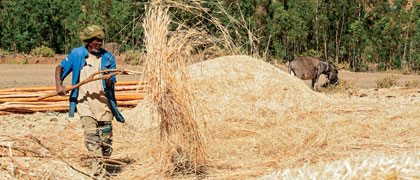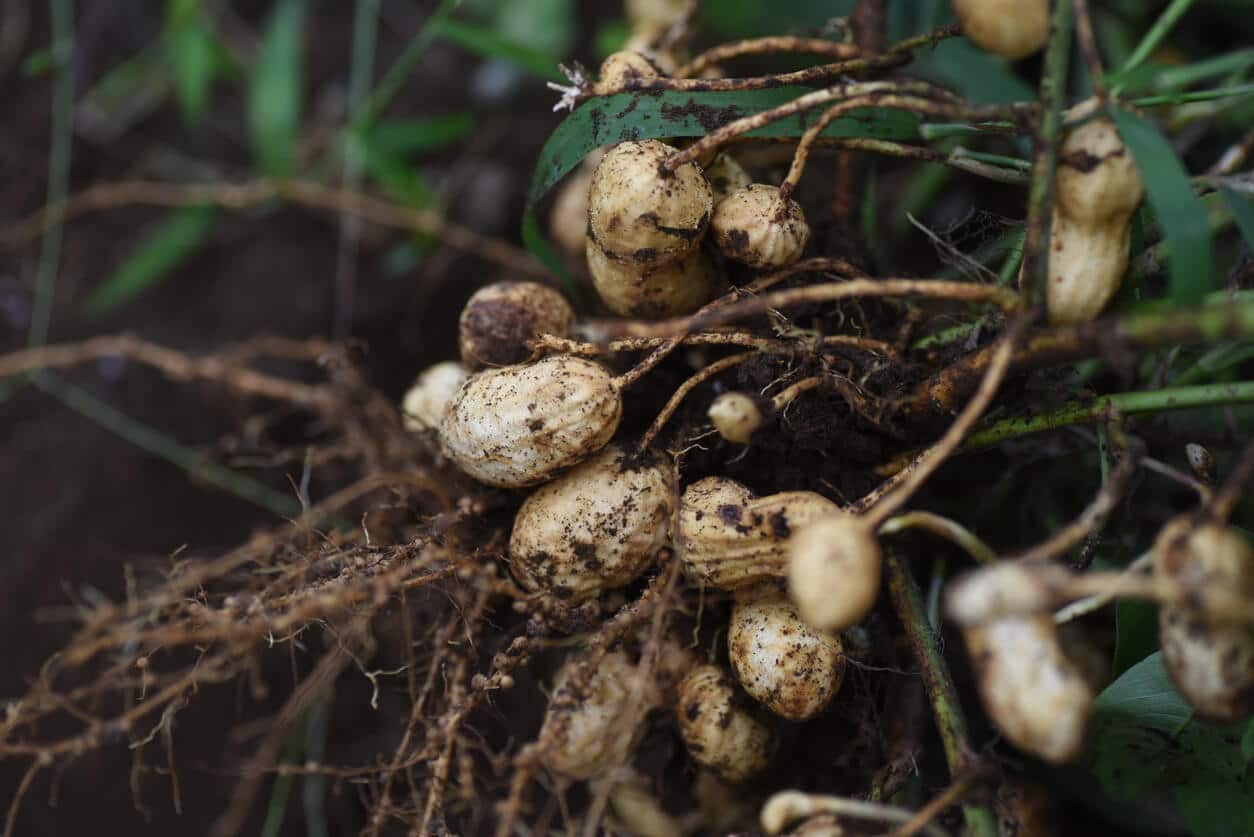Challenges Hinder Seed Industry Development in Africa
A patchwork quilt of more than 60 sovereign states, territories and de facto independent states comprises the continent of Africa. Natural resources abound. Food production and distribution systems throughout much of the continent, however, are presently inadequate to meet immediate, much less burgeoning, future demand. The food deficit is projected by some to be 60 million pounds ($14 billion) by 2020. Yet, the world’s second-largest and second-most populous continent at present fuels less than three percent of the global economy. The sheer size and political complexity of Africa alone is quite daunting.
Forward-thinking seed professionals can envision many long-term commercial opportunities that may evolve throughout Africa over time due to the potential for future economic growth and resulting changes in consumer food preferences. The timeline and path of seed industry development in Africa should not be expected to be uniform across its many countries, or even across broad regions.
Getting better seed to African farmers through the Program for Africa’s Seed Systems is one of the major focuses of the Alliance for a Green Revolution in Africa.
A long-term perspective, defined in decades, combined with an unfathomed degree of patience must be present from the onset. More importantly, however, is the requirement that this commitment to perspective and patience be maintained over time within the organization as today’s “champions” may not be present tomorrow. In reality, one must be prepared to face not a single “African” infrastructure challenge but a variety of country-by-country and regional infrastructure challenges that can be expected to hinder rapid and uniform development of the continent’s multiple seed industries.
We must strive to learn from the many committed people and organizations presently doing good work within the context and confines of Africa. The large number and diversity of food crops alone provides challenges to those “developing” the agricultural industry.
For example, primary cereal crops include millet, maize, rice, sorghum and wheat. Cowpea, groundnut and soybean are representative of legume food crops. Roots and tubers are vitally important food crops and include cassava, yam and cocoyam. On a day-to-day basis, development personnel deal with the realities of multiple crop kinds along with the numerous infrastructure issues that often impede development of vibrant and sustainable seed industries across the continent.
Based on personal experiences related to foundation seed systems, I hold up the excellent developmental example of the Alliance for a Green Revolution in Africa, which was launched in 2008. Its vision, mission and Program for Africa’s Seed Systems are relevant to issues surrounding development of seed industries throughout Africa and in the context of the African continent.
AGRA’s vision is “A food-secure and prosperous Africa achieved through rapid, sustainable agricultural growth based on smallholder farmers.” The organization’s mission is, “To trigger a uniquely African green revolution that transforms agriculture into a highly-productive, efficient, competitive and sustainable system that assures food security and lifts millions out of poverty.”
Getting better seed to African farmers through PASS is one of five major focus areas of Alliance for a Green Revolution in Africa and it is joined by complementary initiatives to improve soil health, provide better access to markets, build partnerships to change policies and strengthen farmer organizations.
PASS is also responsible for four sub-programs including Education for African Crop Improvement, Fund for the Improvement and Adoption of African Crops, Seed Production for Africa, and the Agro Dealer Development Program.

Africa’s national seed policy has been shifting away from the traditional strong central government production and supply model. |
I’ve learned a great deal from my association with PASS and its talented and dedicated program officers based in Kenya and Ghana and from loyal program participants in Ethiopia, Nigeria and Tanzania. Here are but a few examples of the infrastructure and systemic realities our colleagues in PASS must sort through on a daily basis.
West Africa: Nigeria
Historically, the production and sale of foundation seed was coordinated by the government. Availability of appropriate varieties at acceptable levels of quality was often a major concern of farmers. The national seed policy environment has been shifting away from the traditional strong central governmental production and supply model and newer mechanisms are being introduced to allow greater involvement of private sector seed companies. Nigerian law now provides for private company “branding” of seed somewhat similar to that which is allowed in select U.S. states. Nigeria’s approach to allow “branded” seed, however, is unique to the West African region.
East Africa: Ethiopia
Evolution of the seed industry allows for various means of producing and distributing foundation seed. Historically, a primary government parastatal, the Ethiopian Seed Enterprise, held the responsibility. In 2009, a four-member subset of new parastatals was formed by ESE. Several key personnel and facilities, once part of ESE, morphed into the newer parastatal organizations placing a burden on ESE to carry out its direct mission of producing and distributing seed. In addition, several local seed companies are also active and at least one multinational company has a presence. However, perhaps only 10 percent of the country’s requirements are being met.
Southern Africa
As a result of the 2002 governmental liberalization of the seed sub-sector, the number of private seed companies has flourished. In addition, several African regional companies and at least two multinational companies are actively engaged in the seed industry of Tanzania. The Agricultural Seed Agency’s limited capacity to produce the foundation seed necessary to meet demand for hybrid maize production has created additional challenges. As a result, some newer varieties have not been widely commercialized and made available to farmers. Farmers have continued to rely on older hybrid varieties or open-pollinated varieties.
In keeping with Seed World’s September theme of “It’s a Small World,” I share this brief bit of information gleaned recently from communications with Accra, Ghana-based PASS program leader Issoufou Kapran related to my interest in the agricultural program of Ganta United Methodist School in Ganta City, Liberia. Ganta School provides vocational training for high school-aged youth, and the results of agricultural production at the school generate operational revenue to partially support the program.
Ganta Methodist Mission Station superintendent Rev. Priscilla Legay-Jaiah is providing vocational training for the next generation of youth. However, she recently shared she was forced to discontinue a poultry enterprise in part due to the lack of a readily available local supply of maize. She indicated the need for technical assistance to encourage maize production in the region.
Kapran shared that PASS has been active in Liberia, although not in the northern region where Ganta School is located, for the past two years. More recently, PASS located a consultant in Liberia for a six-month period, and an assessment in Nimba County, where Ganta School is located, has been performed with respect to the potential for maize production.
Development of the seed industry in Africa resembles the assembly of a patchwork quilt: Expect an intricate design, but be patient as it may be very slow in the making. Agriculture, particularly the seed industry, remains a dynamic and developing industry; ever-changing and constantly evolving. You play a vital role. Do it well!














